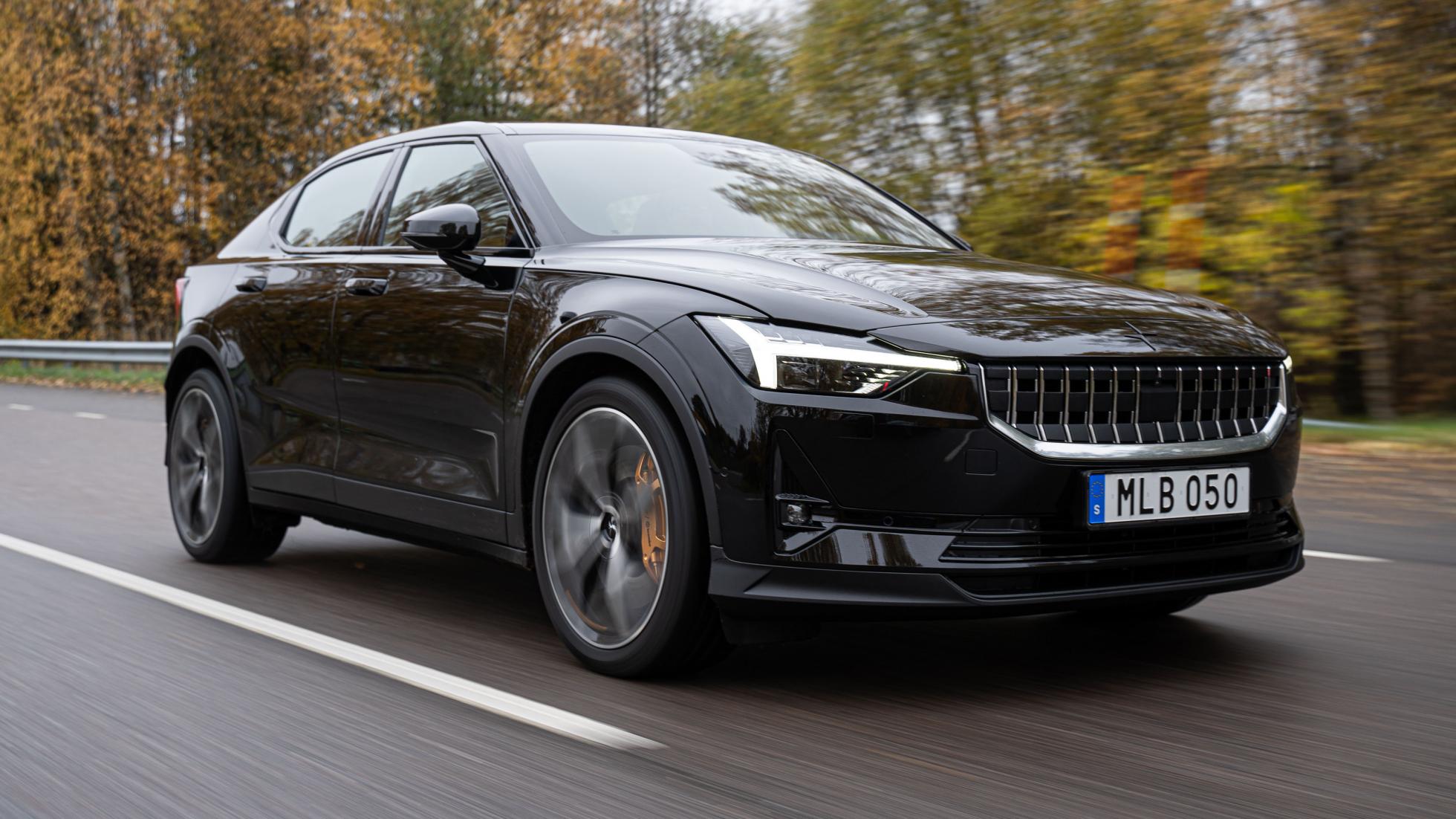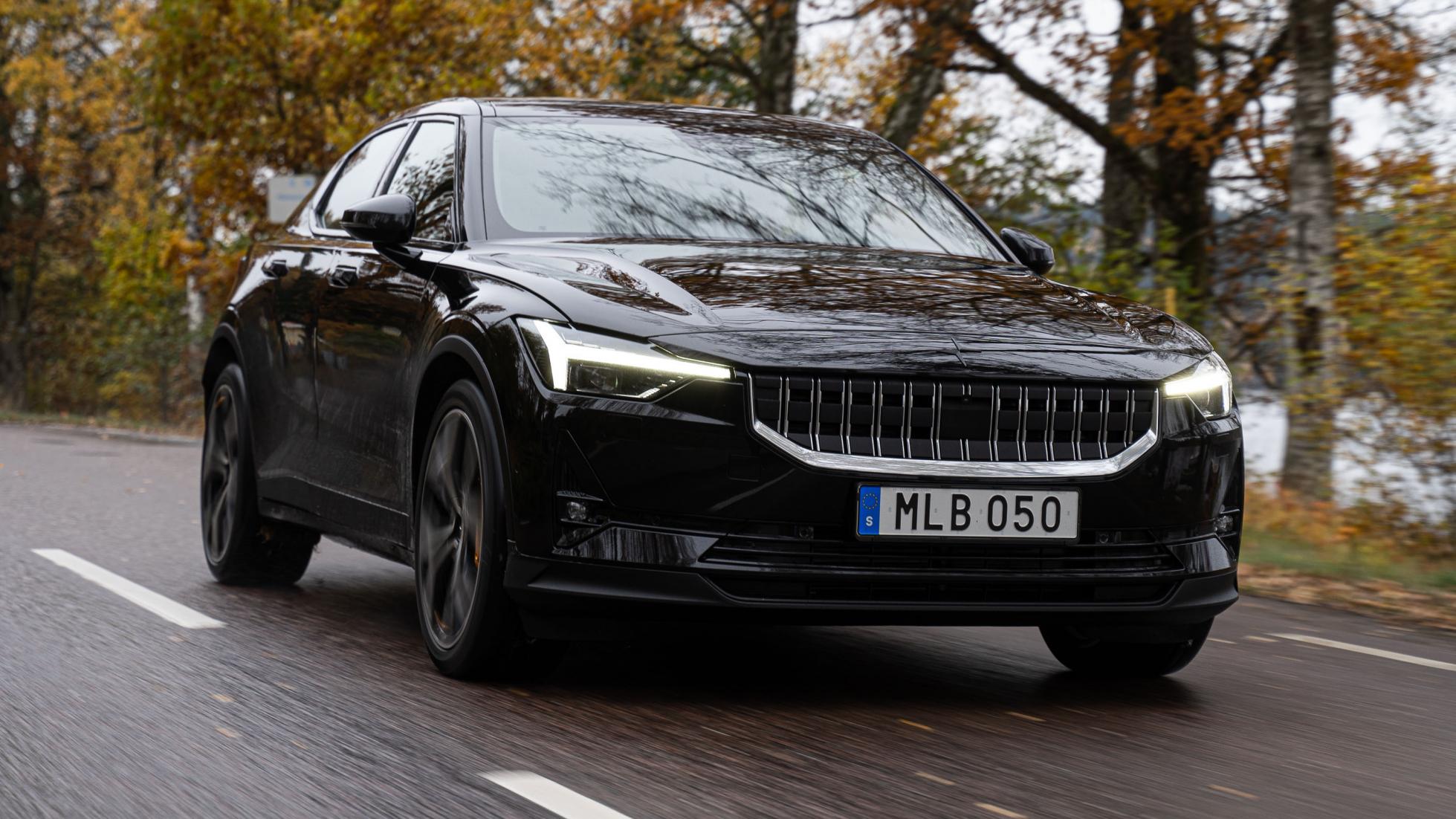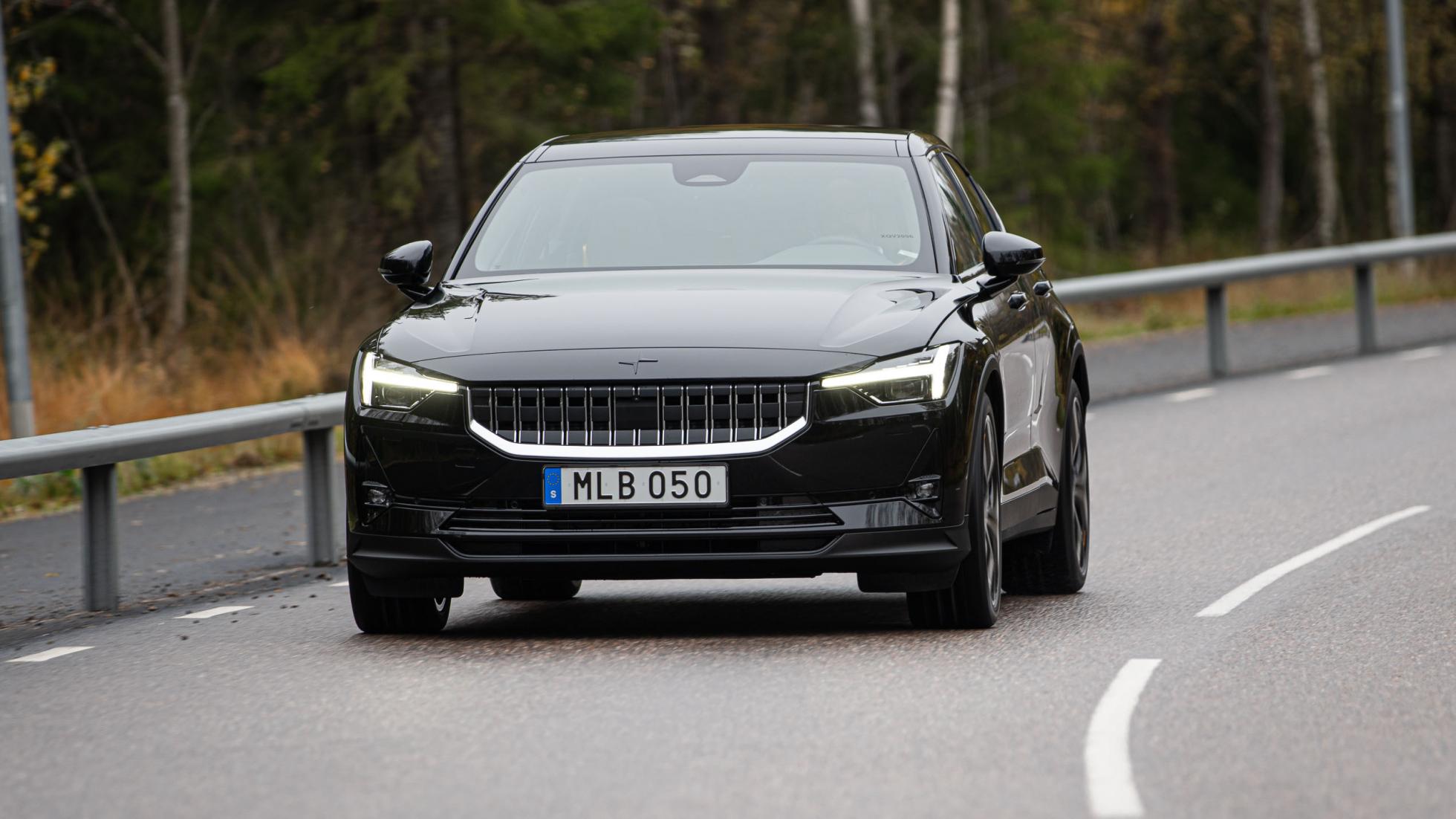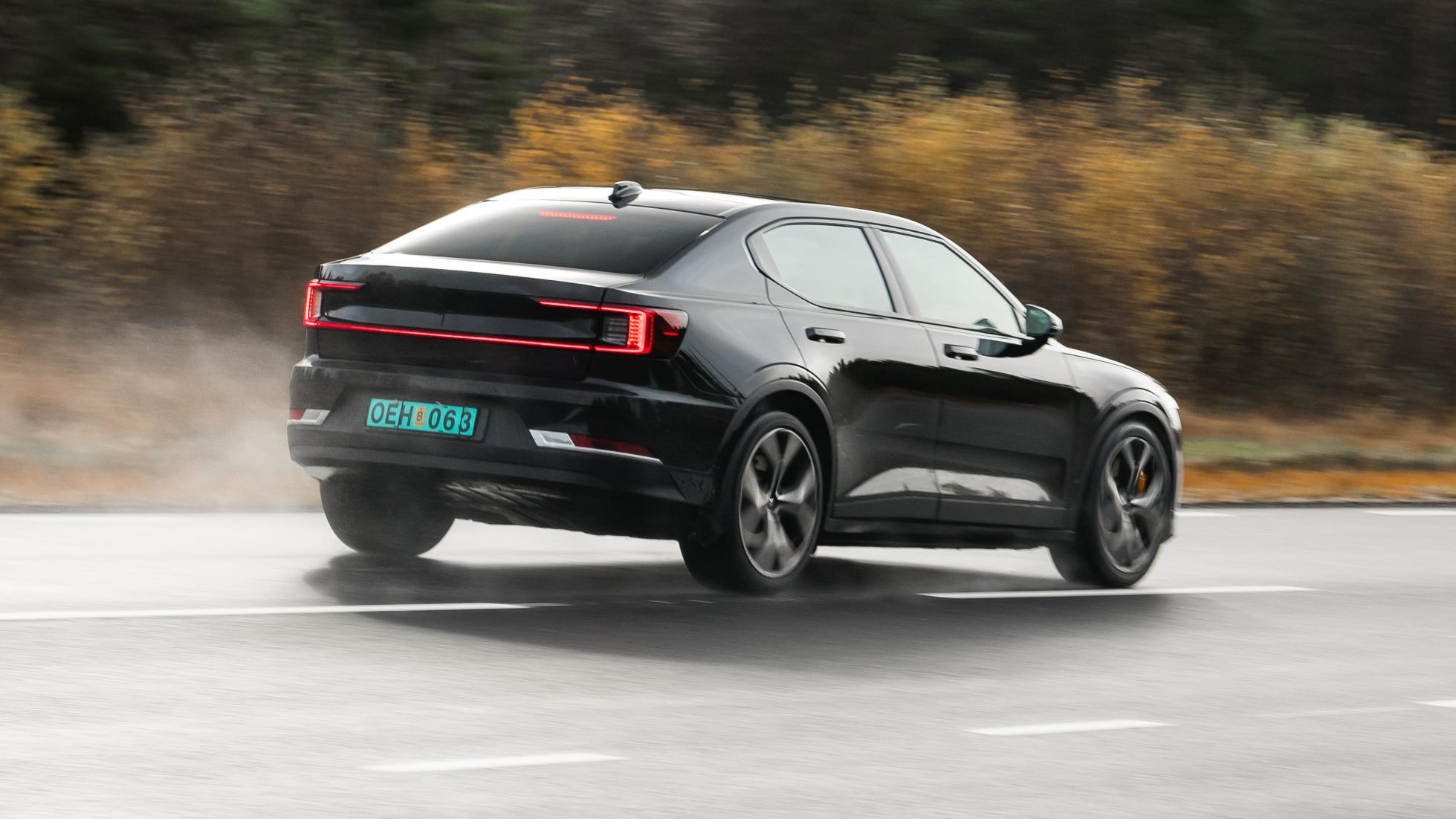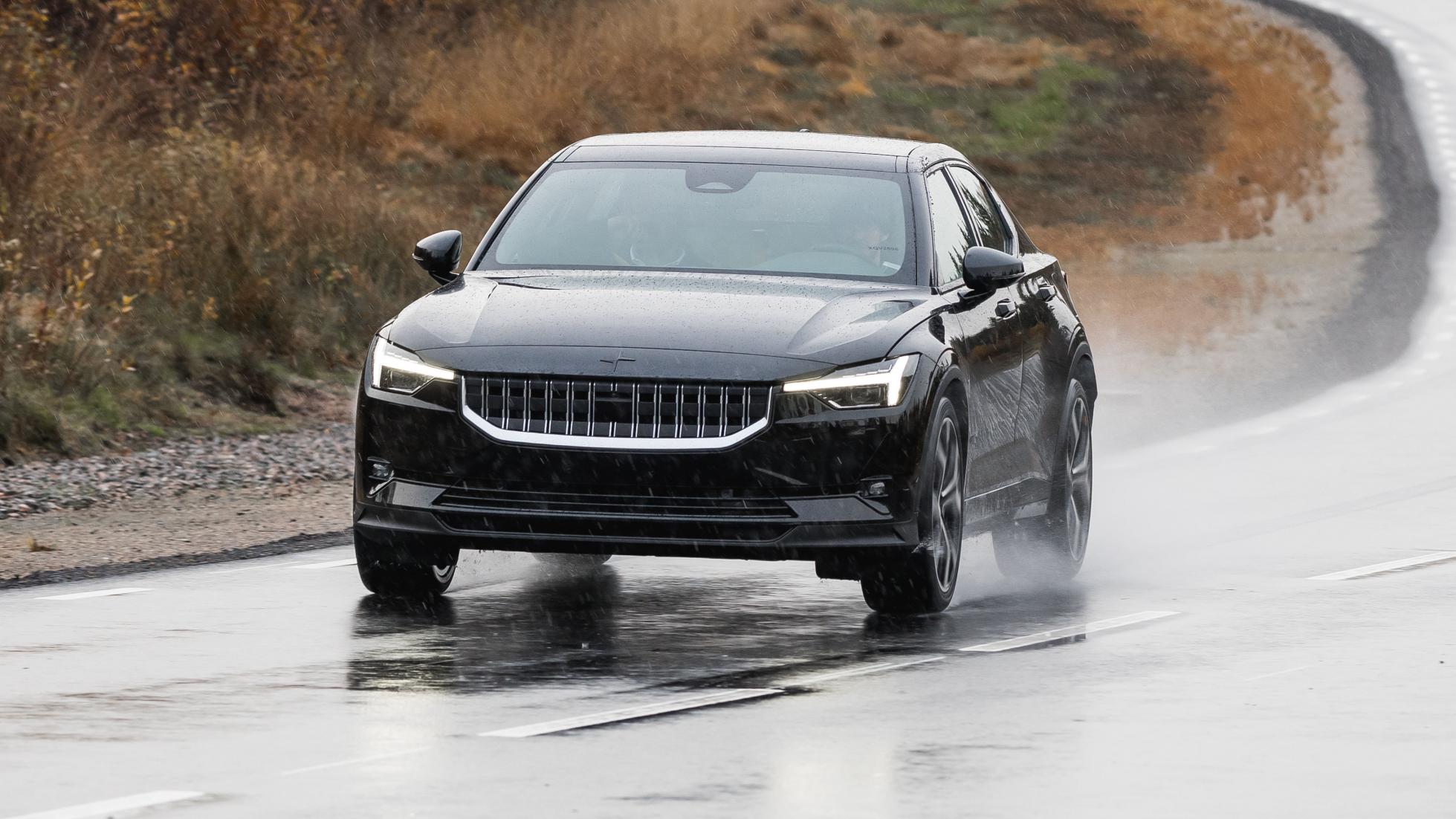Polestar 2 review: Tesla Model 3 rival tested
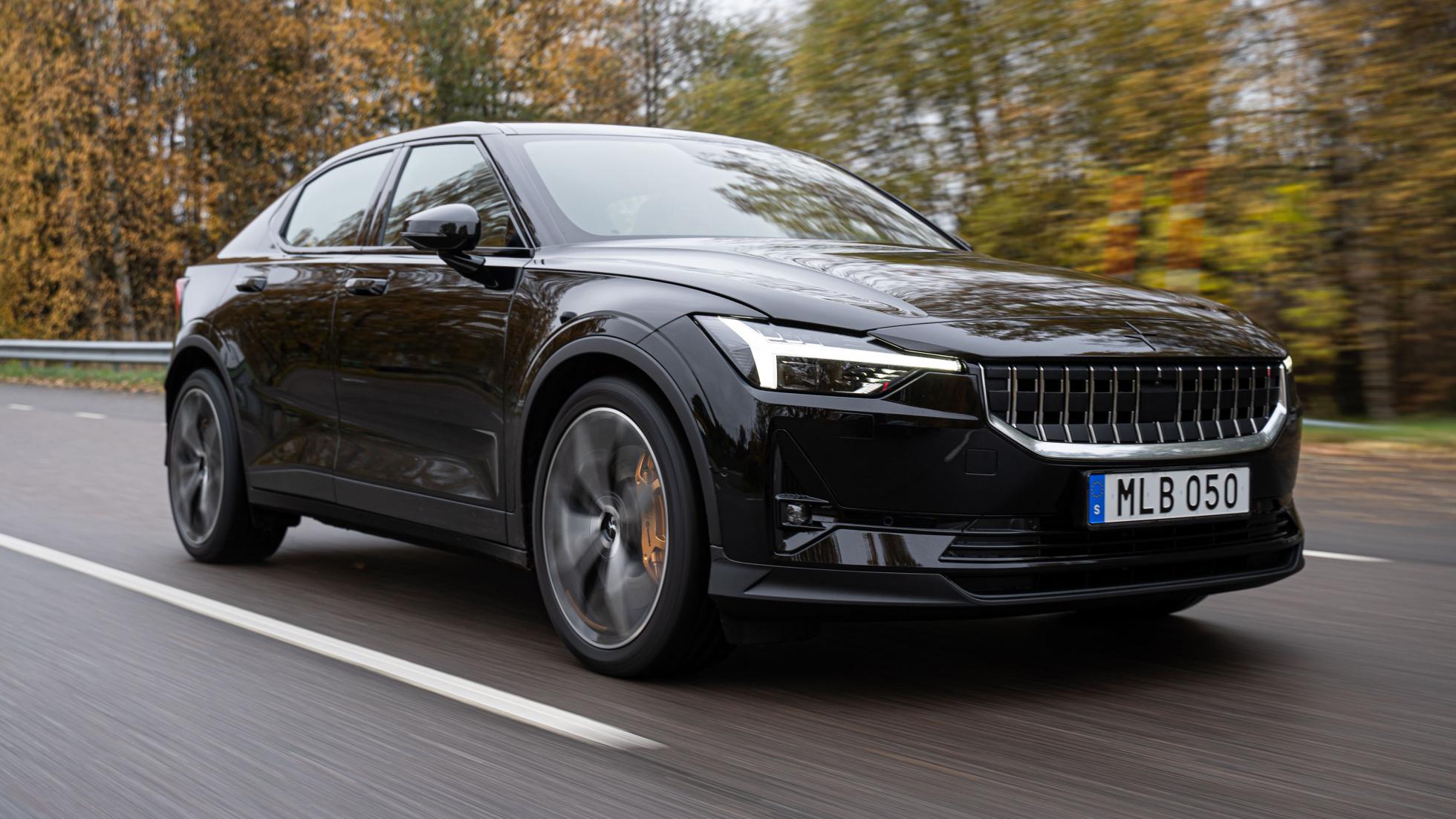
OVERVIEW - What is it?
You ought to be familiar with Polestar by now - the race team that went on to tune Volvo’s road cars, was bought by the company in 2015 and eventually transformed into a standalone electric performance car brand. Its first car, the imaginatively-named Polestar 1, was a plug-in hybrid GT with 600bhp and a 93-mile (150km) e-range - the farthest of any PHEV.
And it is tremendous. Really, really good. In fact you ought to read about it by clicking on these words. But at £139,000, and with production limited to 1,500 vehicles, hardly a car for the baying masses. Who are all busy financing Tesla Model 3s and extolling their virtues on Internet forums.
That’s where the Polestar 2 comes in. As direct a rival as the Model 3 will have for the foreseeable future, the 2 is a mass-market, vaguely saloon-shaped EV with a price tag of a little under £50,000 and a range of around 311 miles from its water-cooled 78kWh battery. It’s all-wheel drive, will do 0-100kph in a shade under five seconds and has the equivalent of 402bhp.
In Model 3 terms it rivals the Long Range version, which is also all-wheel drive, but costs a little less at £47,000, has a greater claimed range of 348 miles and is half a second quicker to 100kph.
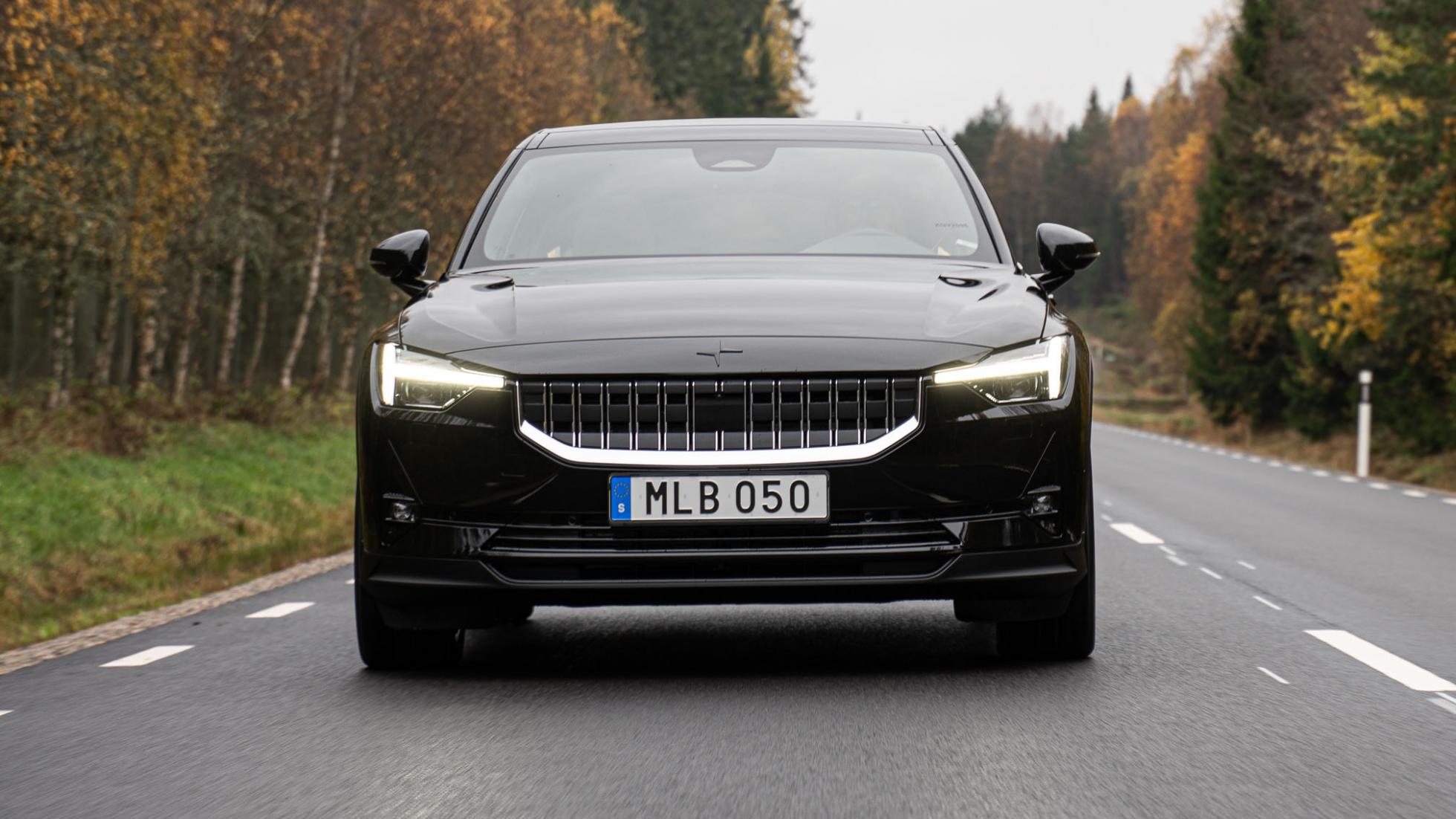
Of course everybody knows you can get a Model 3 for far less - £38,500 buys you rear-wheel drive and 254 miles (409km) of range. But fear not - the first batch of Polestar 2s, including the one we tested, are all launch spec, costing £49,900 before options. Cheaper models costing less than £40,000 will be along after a year or so. Then comes the brand’s next car, an electric SUV called the Polestar 3.
But there’s more to these cars than numbers. Though they’re supposed to cater to the same market, appeal to the same kind of person, these are two very different looking things. The Tesla is a bit generic, a bit plain, whereas the Polestar is sharper-edged, recognisably Swedish. Very much in-keeping with the tone set by the 1 and all modern-era Volvos before it, especially the XC40 (with which it shares the group’s ‘Common Module Architecture’ platform, and which it will be built alongside in China). Save for the clever frameless mirrors and full-width rear light bar, it’s almost identical to Volvo’s 40.2 Concept from 2016.
You might have noticed the 2 is a bit taller than your typical saloon. It’s not a deliberate crossover-ification, but a necessary evil. With the batteries hidden under the floor, in order to preserve ground clearance and interior space you have to jack the body up a bit. No matter, we’re think it looks ace as it sits. Polestar calls it a ‘fastback’.
The order books for the Polestar 2 are already open. You can put £1,000 down right now to reserve your space in the queue. Do that and you’ll get your car June 2020 at the earliest.
The car we tried is a late-stage verification prototype built in Sweden - so a few rough edges (the infotainment system we tried was separate from the car itself…), but dynamically pretty much the finished article. We didn’t get that much time in the driver’s seat, and the weather was decidedly suboptimal, so these are very much first impressions…
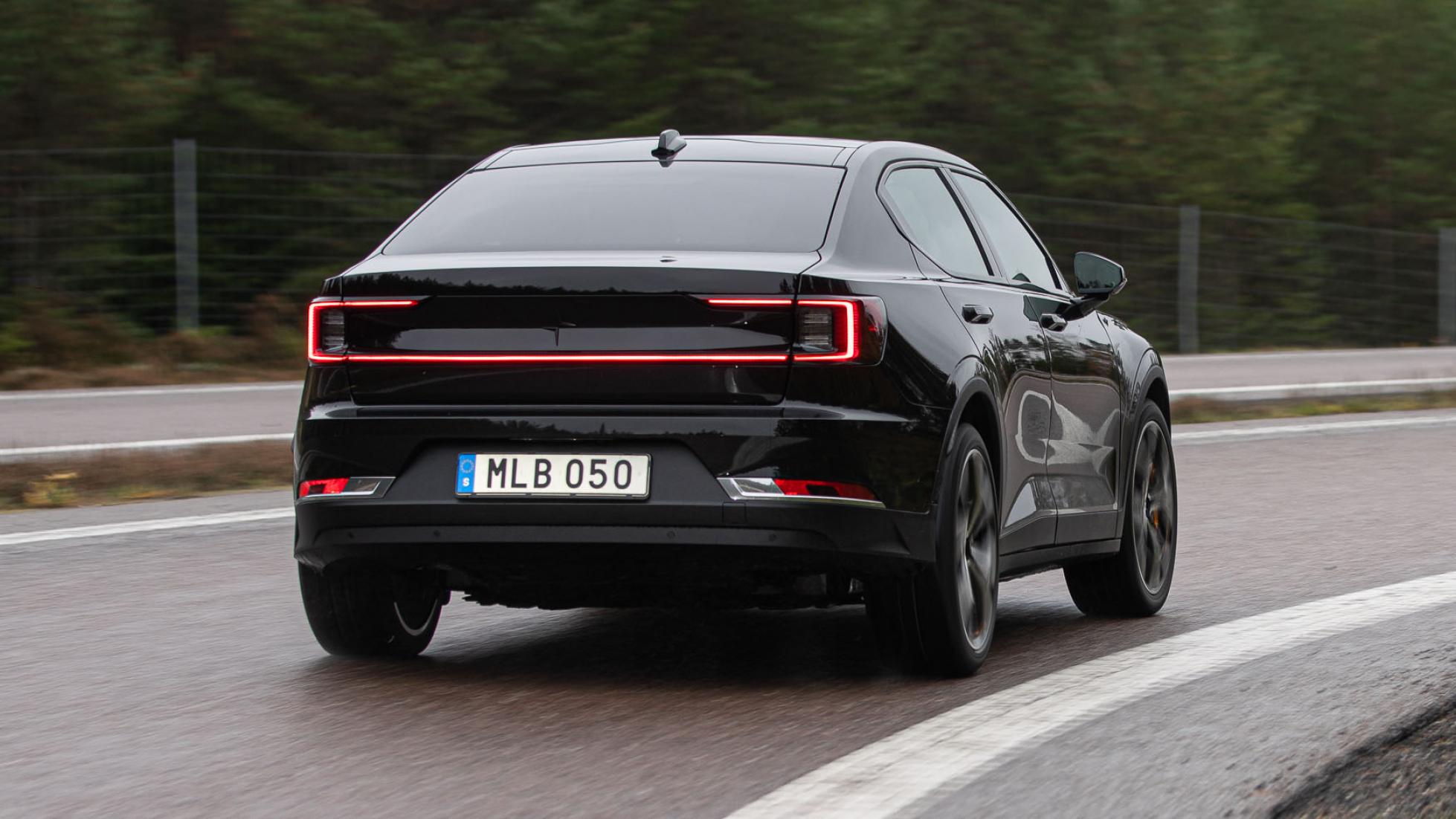
DRIVING - What is it like on the road?
The Polestar 2 is supposed to be a performance car, hence the company’s decision to offer a ‘Performance Pack’. Your £5,000 buys you some very serious Öhlins dampers which are - get this - manually-adjustable through 25 clicks, Brembo brakes and 20-inch forged alloy wheels. The car we tried was so equipped, with its dampers set to Polestar chassis czar Joakim Rydholm’s preferred firmness (he hates the word “stiff”) - nine at the front, ten at the back.
That’s also how 2s will ship, though the owners manual will contain a few recommendations for different setups, should you wish to have a play. From here they get at most 20 per cent stiffer or 20 per cent softer.
And the 2 drives… like a car fitted with expensive dampers. Which is to say very well. Body control is excellent even on rough roads (much development was done in the UK, we’re told), it behaves itself over ruts, camber and crown and doesn’t really roll. It immediately feels like a more serious bit of kit than any Model 3 I’ve driven. Not that the Model 3 doesn’t handle well (that said the rear-wheel drive Standard Range + leaves a little to be desired), but it lacks the control and professionalism of the 2, which is firm, sure, but at no point uncomfortable.
Grips well (we drove it in heavy rain) - the tyres on the Performance Pack are 245-section Continentals. All four corners of the car are working all the time - Polestar says the most efficient way for this drivetrain to operate is with a 50/50 front/rear torque split, rather than by shutting down one motor to make it front- or rear-wheel drive when it’s able to do so. The most power either axle will ever need to handle is 70 per cent of the total output. Which, to remind you, is 402bhp and 660Nm.
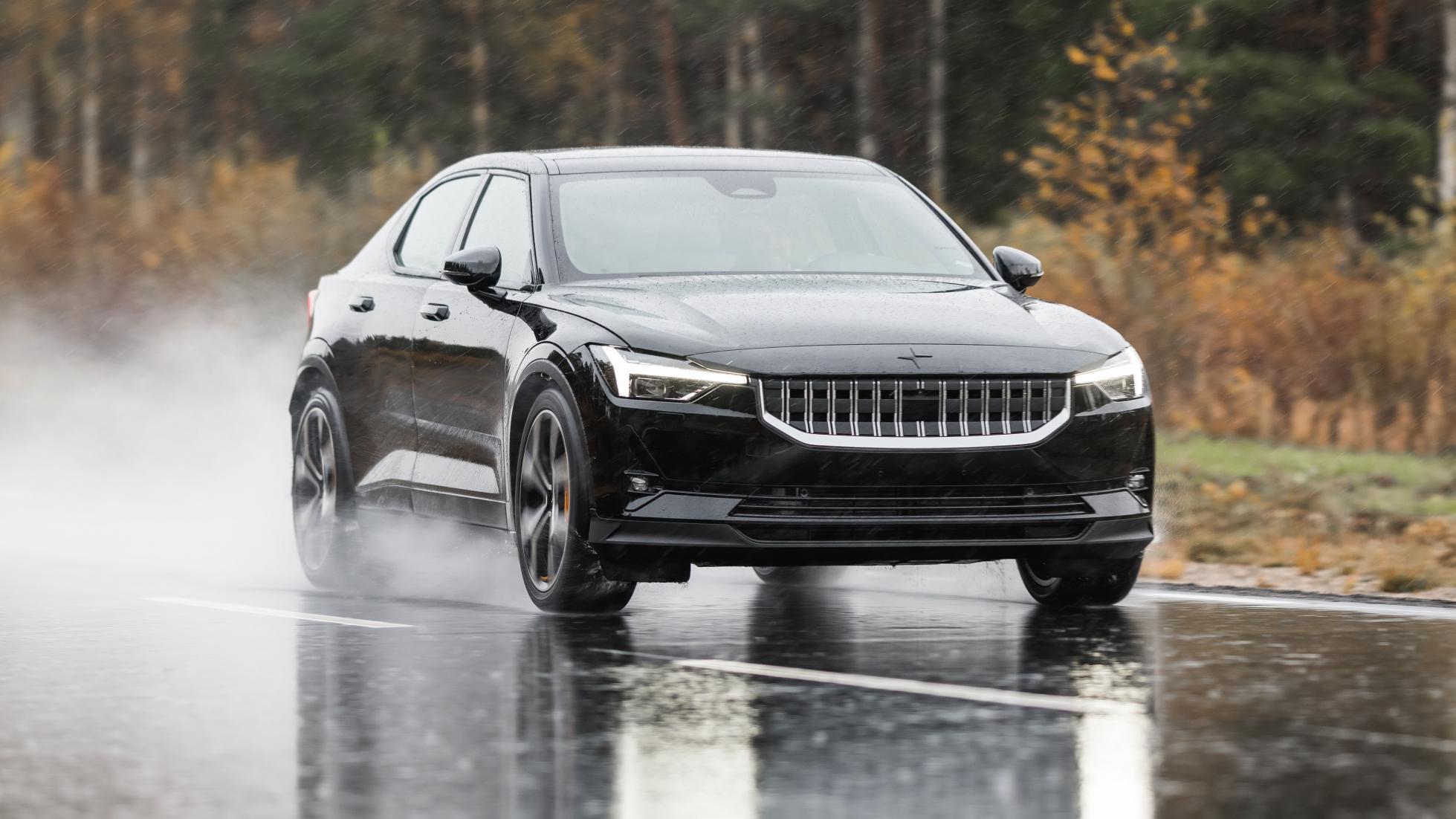
There are three settings for the steering. Joakim prefers the middle one, and we agree. A decent bit of weight, but no sludge. Good precision and sensibly geared - not too quick nor too slow - but not a great deal of feel (because 2020).
EVs and hybrids tend to struggle when it comes to brakes - not how they perform, but how they feel underfoot. Much work has been put into how the 2’s Brembos interact with the regenerative braking system. The physical discs only come into play when braking forces exceed 0.3G, meaning in day-to-day driving, and with regen set to the highest of three levels, the 2 is effectively a one pedal car. You can’t tell when pad bites disc - pedal feel is consistent and, for an EV, very good. It’s a solid pedal, which we like because it feels racy, and we’re told it shouldn’t change depending on the charge level (and therefore how much energy can be rammed back into the battery. Drive fully- and part-charged Teslas back-to-back to see what we mean).
Acceleration is obviously impressive in the same kind of way all fast EVs are.
The driving position and seats are great. Rear visibility is somewhat compromised by the styling, but it’s not so bad. The tiny frameless door mirrors are a nice touch, but take a bit of getting used to. Turns out the frame is actually quite handy for drawing your eye.
Oh and like the Model 3 there is no real key - owners will use their phones. Walk up to it and it unlocks, then plonk yourself down in the driver’s seat, select D and you’re away. And unlike the Model 3, you get a screen ahead of the driver giving speed, range, navigation and trip info.
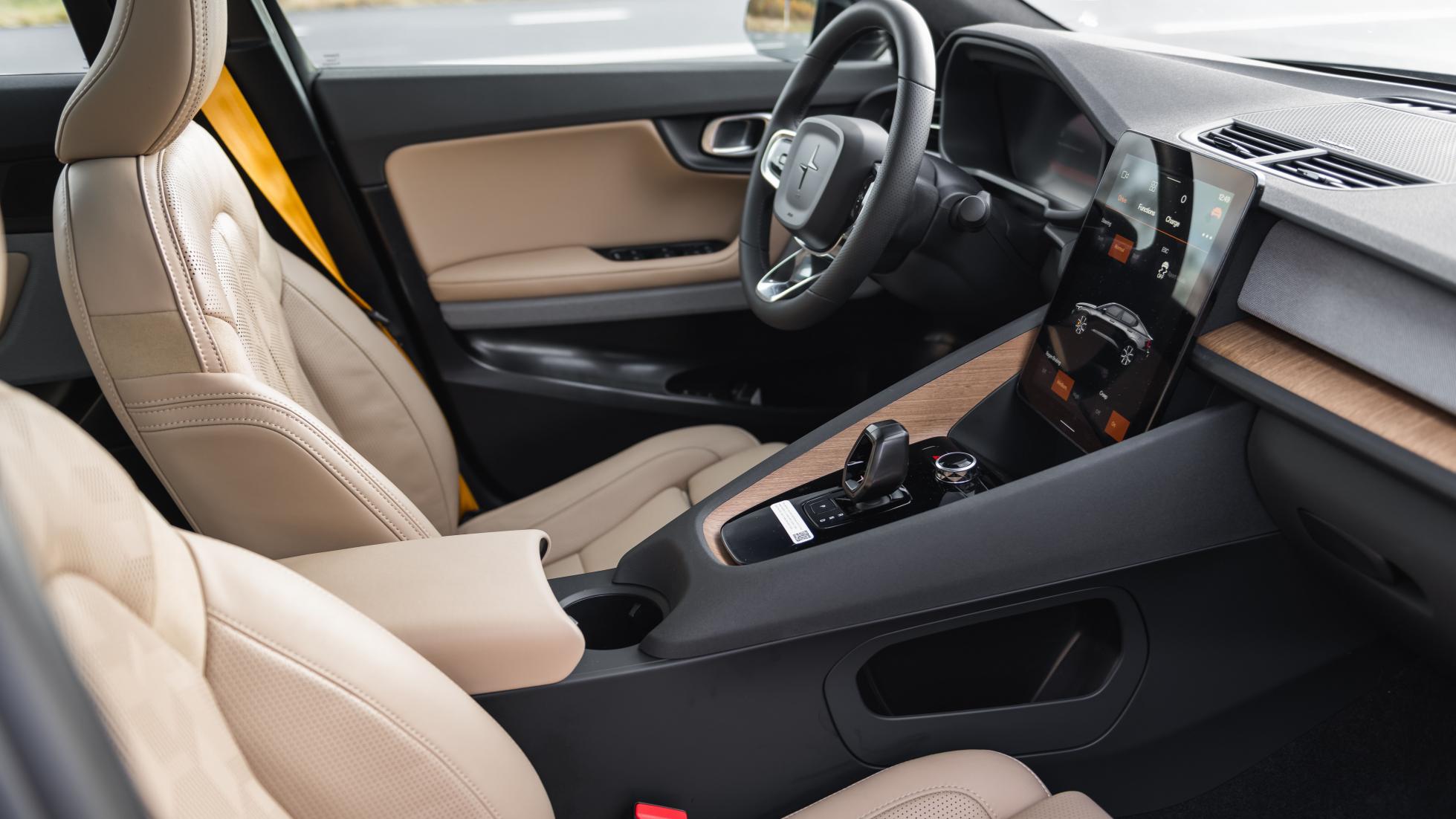
ON THE INSIDE - Layout, finish and space
Big news in here is that along with the Volvo XC40 Recharge, the Polestar 2 is the first car to use Google’s integrated Android-based infotainment system. That means navigation comes courtesy of Google Maps, you have access to the Google Play Store (from which you can download mainly media-based apps) and Google’s voice assistant is very much at your disposal. You can use the system without signing-in, but link it to your Google account and it’s better - among other things, places you’ve searched for on your phone or computer will automatically pop up in the nav, and the car will be able to communicate with connected smart home devices.
The car we drove didn’t have a fully-functioning infotainment system, because prototype, so we weren’t able to try all the features. But initial impressions, from a standalone rig, are nonetheless good - the home screen has four large tiles (maps, media etc), with a row of shortcuts up top for the 360-degree camera, driver profiles, settings menus and so-on. Those four tiles have within them shortcut buttons. The map tile, for example, has an icon you can push that will immediately take you to the nearest available charger (the cars knows what chargers it’s compatible with, and if the charge station is hooked up to the network, if there are any bays available), while media tiles have play/pause and skip buttons.
All the buttons and fonts are big - so it should be easy to poke the bit you want while driving - and the 11-inch portrait touchscreen is mounted high up as it’ll go, bringing it close as possible to the driver’s eye-line. That said, you might as well just use the Google Assistant, which seems to work just as well as it does in your smartphone. The only thing it can’t do is switch between drive modes, but Polestar says it’s working on possibly adding that functionality. We’re reserving full judgement until we’ve tried the finished article, but early signs are good. Watch this space: this could just be the new benchmark for touchscreen infotainment systems.
As for design, the Polestar 2’s interior is both like and unlike a Volvo’s. The steering wheel is the same, and so too are the wiper/indicator stalks, window/mirror controls and door handles. But that’s about it. The screen dominates proceedings - immediately below is a cubby with wireless charging for your phone, then a big volume knob and the gear lever (pull towards you for drive, push away for reverse, press for park). All the climate controls and so-on are integrated into the screen.
It’s quite tall, the centre console, so it makes front-seat passengers feel cocooned and separate from one another. The placement of the central air vents is a little odd, in that they blow air upwards rather than at the car’s occupants. Looks great though, doesn’t it? The car we tried had a few rough edges and dodgy plastics, but if Volvo’s current line-up is anything to go by, by the time the 2 reaches production material quality ought to be very good.
Rear-seat space could be better - getting three adults across the rear could prove tricky - but for two knee room is fine. Head-room is fine for me (6ft) upwards, but a bit of fast cornering or a particularly aggressive bit of camber could see your passengers’ heads slam into the C-pillar, which is uncomfortably close.
The boot looks pretty generous - the 2 is a hatchback, unlike the Model 3. There’s storage under the floor for cables and so-on, and a clever little divider that pops up to stop your shopping from sliding around.

OWNING - Running costs and reliability
You can’t buy a Polestar 2 by popping in to your local Volvo dealer. Only online, and directly from Polestar itself. That said the company has announced plans to build ‘Polestar Spaces’ in big cities, as many as 50 by the end of 2020. This is where you’ll go for a test drive, and if you’re still into that ‘face-to-face’ thing, to have a chat with someone who knows what they’re talking about.
Production is set to begin soon, with the first deliveries scheduled for June. Prospective buyers can stick a £1,000 deposit down, reserving their spot in the queue, by visiting Polestar’s website. You’ll choose your exact spec nearer the time.
In time you’ll be able to pay a subscription for your Polestar 2, which will include basically everything bar recharging costs and allow you to swap cars after a specified period. Pricing for that will be announced later. But to buy a Polestar 2 outright you’re looking at £49,900 before options. At the time of writing, that makes it around £2,000 more than the Tesla Model 3 Long Range, and £2,000 less than the Model 3 Performance. Your first three years’ worth of routine servicing is thrown in, along with delivery and collection.
That near-£50K price is for a launch spec Polestar 2 - the spec to which all cars will be built for the first 12 months. Cheaper 2s will be launched thereafter, with Polestar targeting a starting price of €39,900. Hopefully that translates to less than £40,000.
The launch spec gets lots of kit - the Pilot Package adds a gamut of active safety and driver assistance systems (driven a modern Volvo? It’s that and more…), while the Plus Package adds matrix LED headlights, Harmon/Kardon sound, a panoramic glass roof and plenty of other bits and pieces. The Performance Pack - which adds four-piston Brembo brakes, manually adjustable Öhlins dampers and 20-inch forged alloy wheels, along with gold seatbelts and valve caps - will cost an additional £5,000.
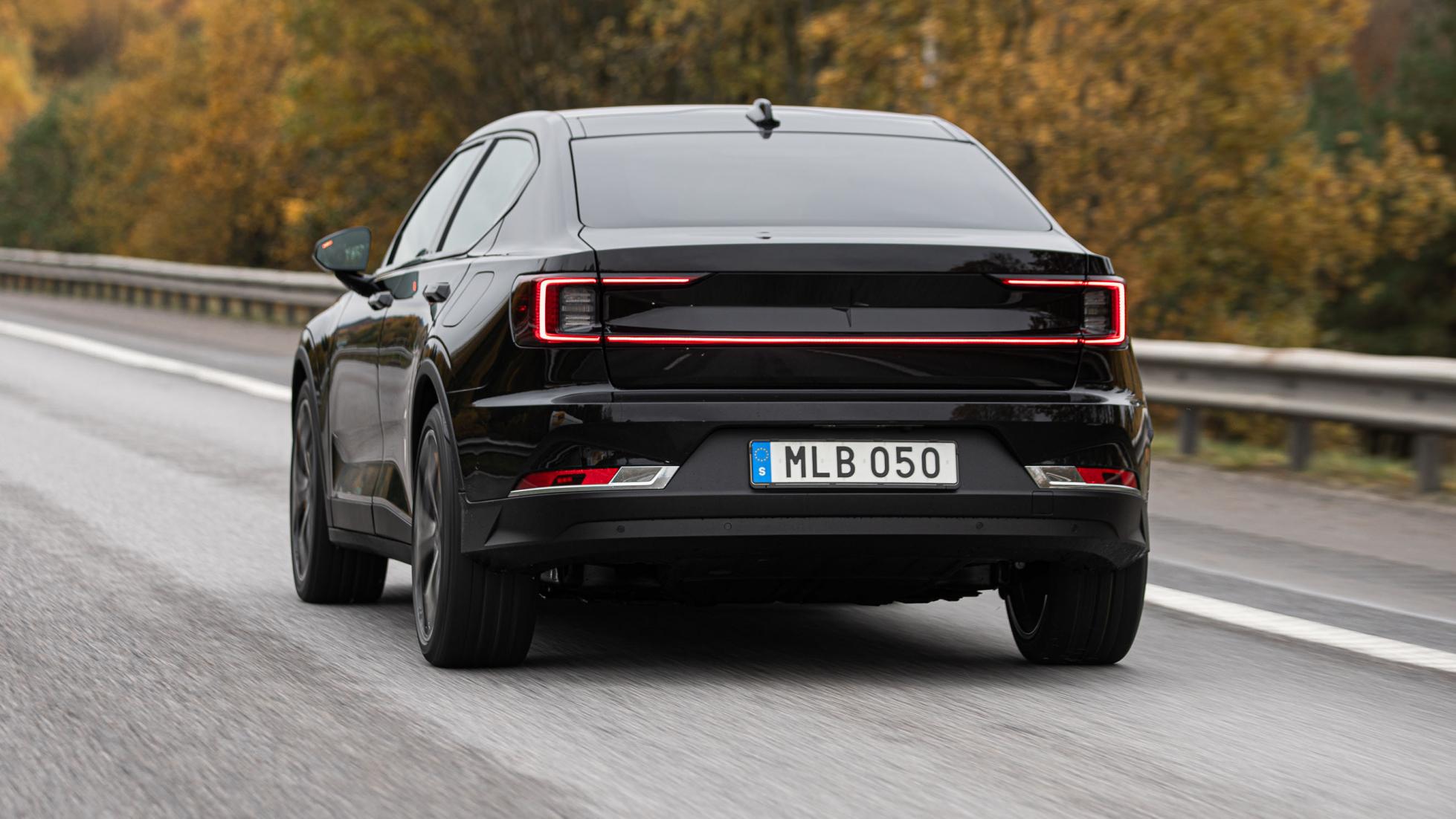
VERDICT
First impressions matter, and the Polestar 2 makes a very good one. As we’ve mentioned, the car we drove wasn’t totally finished. But it was close - close enough, certainly, that we know to expect great things from the finished article when it arrives next year. It handles and rides with real sophistication on its fancy Öhlins dampers and just oozes cool. The interior looks good and if the infotainment comes good in the real world, it’ll be a standout feature of an already very strong package. Oh, and let’s hope it feels as well put-together on the standard suspension.
We can’t wait to drive the finished article, in the dry, and get it together with its arch rival, Tesla’s Model 3.
Polestar’s first EV makes an excellent first impression. We can’t wait to drive a finished one
| FOR | AGAINST |
| Handles and rides very well indeed, a lovely object | Very little. Remains to be seen whether it’s as good without the £5k Performance Pack, and how the infotainment stacks-up in the real world |
| SCORE | 8/10 |
